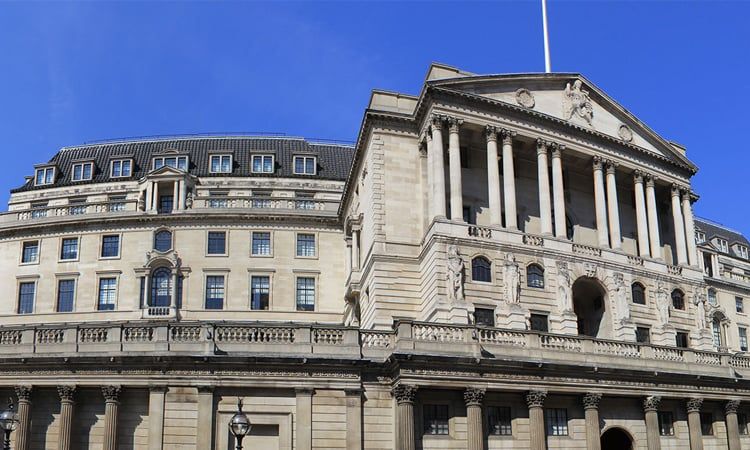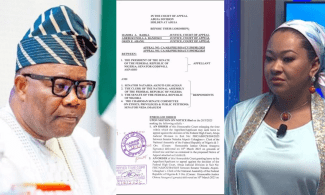
The Bank of England is widely expected to lower its key interest rate by a quarter point on Thursday as global economic uncertainty intensifies, particularly with US President Donald Trump’s planned tariffs threatening to further weaken growth prospects.
The anticipated rate cut follows similar moves from central banks worldwide, including the Federal Reserve, which decided on Wednesday to keep US borrowing costs unchanged, and the European Central Bank, which cut rates last month to support the eurozone economy.
The Bank of England is expected to trim its main rate to 4.25 percent, with the decision scheduled for 11:02 GMT two minutes later than usual to observe a moment of silence in the UK, marking the 80th anniversary of Victory in Europe (VE) Day.
Market Expectations and Focus on BoE Communication
With markets already pricing in the rate cut, investors will be keenly watching the Bank of England’s accompanying statement for any signs of further rate reductions later this year.
“While the Bank of England is universally expected to cut rates, the key to the pound’s reaction will be the accompanying communication,” said Enrique Diaz-Alvarez, chief economist at global financial services firm Ebury.
Diaz-Alvarez expects the Monetary Policy Committee (MPC) to revise its growth and inflation projections for 2025, with a likely acknowledgment that US tariffs will dampen UK growth and reduce price pressures. The global trade tensions, particularly US tariffs on British goods, are expected to weigh on the economy.
Global Trade Pressures
Global trade conflicts have already contributed to a sharp decline in oil prices, helping inflation to ease in the UK. The UK is facing a potential 10 percent tariff on most of its goods exported to the United States, its second-largest trading partner after the European Union.
Despite the UK being exempt from the most severe tariffs, Bank of England Governor Andrew Bailey has warned that the tariffs could still hurt the British economy. The UK is also in ongoing negotiations with the US over a post-Brexit trade deal, which could see tariff reductions in exchange for relief over the UK’s digital services tax, which affects US tech giants.
Previous Rate Moves
At its previous rate-setting meeting in March, the Bank of England had kept its main interest rate at 4.5 percent. Prior to that, the central bank had cut borrowing costs three times in just seven months, as the UK economy was already feeling the strain of weak growth and global uncertainty.
As the Bank of England prepares for its decision, all eyes will be on how policymakers frame the future economic outlook amid the evolving global trade tensions.





